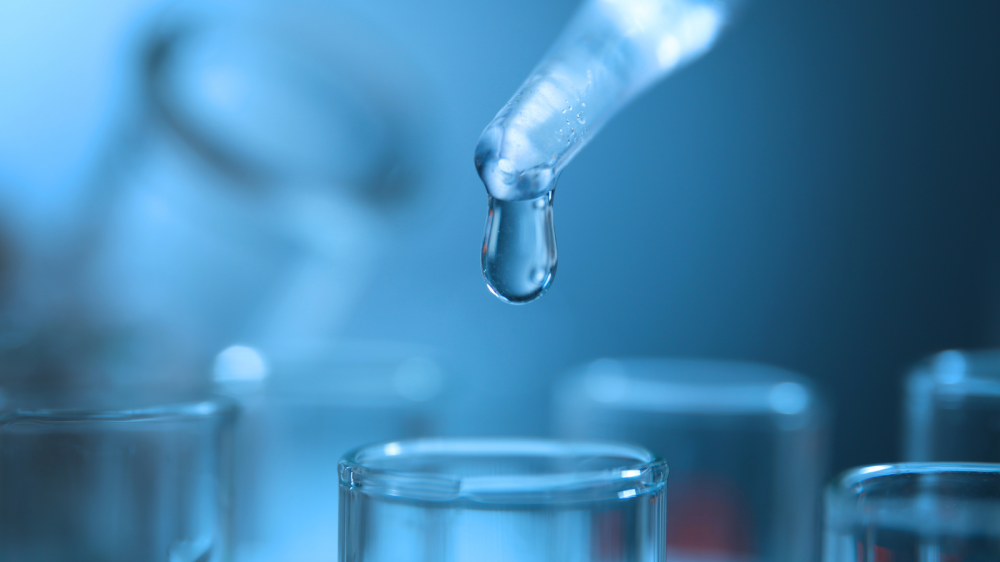Many people ask about the methods of water analysis to determine the purity of the water during the initial stages of treatment and to provide the correct solutions to eliminate the damage present in the water and provide pure water to users. These methods of analysis are used by specialists in water purification solutions, and rely on chemical and biological specialists.
Water analysis methods help to know the health impact of water present in lakes, rivers, oceans, and groundwater. Water analysis methods also help to know the permissible pollution limits without causing any kind of harm to living organisms, plants, animals, and all humans who use water in their daily lives.
As water, in all its types and sources, represents the main element for the continued survival of all living organisms on Earth, water is involved in many fields such as industry, agriculture, for daily use of food and drink, and water is also involved in making medicines. In Smartly , we will introduce you to the most prominent methods of water analysis.
Water analysis methods
To analyze water, there are many different methods and aspects in terms of chemistry and biology, as water consists of two basic elements, which are two atoms of hydrogen and an atom of oxygen, but through many conditions and natural and industrial factors, it is exposed to chemical and biological additives. Therefore, specialists in treating drinking water analyze the water to determine its suitability. According to the results, methods for properly disposing of additives are determined that do not negatively affect humans or nature.
Measure water hardness
This property is what prevents the formation of soap foam, and this occurs due to the presence of some salts resulting from calcium, magnesium, and heavy metals dissolved in the water. There are two types of water hardness.
- Temporary water hardness occurs due to the dissolution of sodium and potassium carbonates in addition to iron carbonate, where a layer of bicarbonate and hydroxide is deposited at the bottom of the container, and you can remove it by boiling the water.
- Permanent water hardness occurs due to the presence of chloride, calcium, iron and precious metals, and these cannot be removed by boiling water, unlike temporary hardness.
The degree of hardness of drinking water is classified based on the concentration of calcium carbonate, and the alkalinity of the water is measured by describing the amount of quantitative capacity of the water to neutralize acid. This occurs as a result of the presence of carbonates, bicarbonates, or hydroxide. If the alkalinity of the water is high, its ability to neutralize acids such as hydrochloric acid or sulfuric acid, and based on measuring the degree Acidity Upon completion of the titration, the alkalinity of the water can be determined.
What are the methods for analyzing drinking water?
The water must be analyzed bacteriologically in order for it to be suitable for drinking. The number of bacteria must be less than a certain limit, which is 1000 colonies. On the general growth medium for bacteria, Nitrin agar. After incubation for 48 hours, coliform must be cultured. The water must be completely free of intestinal bacteria, and it must also be free. Of salmonella, cholera and faecal streptococcus completely.
Types of water analyses
- Chlorine.
- Temperature, colour, taste and smell.
- Chlorination and salinity.
- Phosphates and pesticides
- Additive chemicals such as anti-peelers and anti-corrosion agents.
- Chloride.
- Ozone, phenols, cyanide.
- Ammonia, total nitrogen.
These are some of the types used within water analysis methods for various samples that are carefully examined within water analysis laboratories. Water analysis with chlorine is the continuity of the effectiveness of the remaining chlorine that continues to act in the water to eliminate bacteria that follows the chlorination process (chlorination is the process of adding chlorine to water) that takes place in Water using chlorine dioxide or hypochlorite. This analysis is conducted using a photometer. The water temperature, color, taste and smell are among the things that indicate industrial water pollution. The water does not have any smell, but the taste of the water is examined by members who examine the drinking water sample repeatedly every half hour. Using reference samples the latest water reports are drawn up.
Electrical connection to water
These are the most prominent methods of water analysis. Water analyzes and examinations in general do not apply to all types of water. Performing water analysis is one of the necessary and important things to obtain results that help provide solutions for the ultimate goal, which is safe water free of pollution that may be harmful to humans and nature.
The chemical analysis that we mentioned includes the heavy, organic and alkaline elements. A good water filter contains units to eliminate water pollution. Here are the water filters that work to analyze the water, purify it and make it drinkable.

